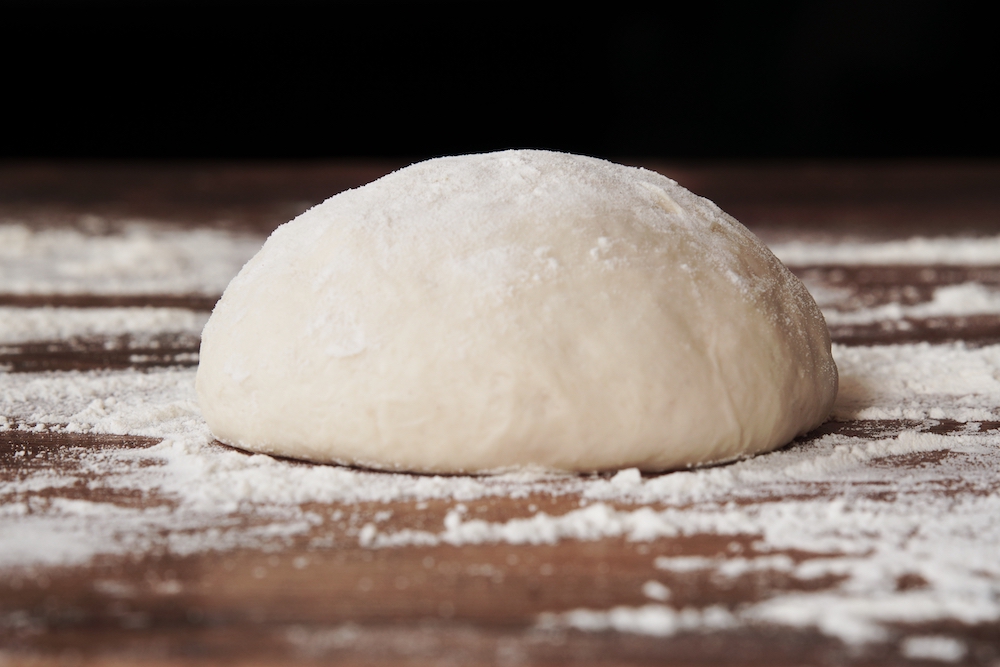Q: I’ve heard you recommend that the yeast not be put into the water with the salt and sugar. Why is this?
A: Both salt and sugar can exert a great osmotic pressure (they impede the ability of the yeast to absorb nutrients through the yeast cell wall/membrane). This effect can impair the ability of the yeast cells to feed, and under certain conditions (high salt and sugar and little water) it can actually exert a very damaging, eviscerating affect upon the yeast cells where the liquid contained within the yeast cells is pulled out into the salt/sugar water.
If this isn’t bad enough, contained within that liquid is the amino acid, glutathione. Glutathione is very similar in its effect upon dough as is L-cysteine, the active ingredient in many dough-relaxing agents such as PZ-44.
So, by mixing your yeast, salt and sugar together in the water, you stand a good chance of impairing the ability of your yeast to function at its best. You also stand a chance of possibly getting a softer dough than you had bargained for if any glutathione should be leached out from the yeast cells.
This is why we like to “play it safe” and recommend that the yeast always be kept separate from the salt and/or sugar until they are all incorporated into the dough. The only real exception to this is in the case where active dry yeast (ADY) is used. In this case it is sometimes recommended that just a very small amount of sugar be added to the warm water in which the yeast is being hydrated/activated. In these small quantities, no harm will come to the yeast.
The late Tom Lehmann was a longtime columnist for PMQ and served as director of bakery assistance for the American Institute of Baking (AIB).













